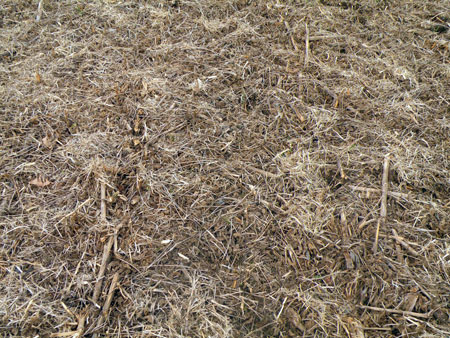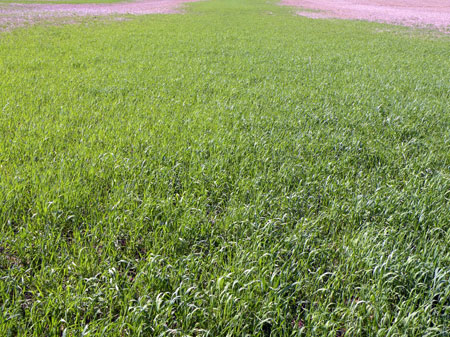Soybeans can be aerial-seeded with cereal rye to protect your soils
Cover crops can help dry the soil during these wet springs and help you get your soybeans planted on time.
The benefits of including cover crops in crop rotations have been widely documented and include recycling nutrients, reducing erosion, improving soil structure, increasing soil organic matter, supporting soil organisms and suppressing weeds, nematodes and pathogens. Farmer interest has increased recently in cover crop choices and application in cropping systems.
In corn and soybean production, farmers have voiced concerns about reliably establishing cover crops after harvest due to harvest demands and uncertain harvest dates. Aerial seeding of cover crops into standing soybeans prior to harvest is a viable alternative that can address these issues by incorporating cover crops prior to harvest. Aerial seeding of cover crops by farmers and aerial applicators has been limited in Michigan, while dramatically increasing in Ohio and Indiana.
In 2012, a study was initiated to evaluate the influence of aerial seeding date and cover crop species on the establishment and performance of cover crops and mixes in soybean systems. Cereal rye was aerial applied to two soybean fields in Clinton County. Soybeans were aerial seeded with rye on Aug. 8, Aug. 18 and Sept. 13, 2012, at a rate of 108 pounds per acre.
Last fall, Michigan State University Extension sampled the soybean fields and found very little cover (Photo 1). However, Photo 2 shows what the cover looked like on Tuesday, May 7, 2013. The cereal rye established extremely well; even though it appeared nothing was growing last fall, a very nice stand is growing this spring.


Photos 1 and 2. (Left) Soybean field aerial-seeded to cereal rye. Taken Nov. 14, 2012.
(Right) Same field this spring, cereal rye picture taken May 7, 2013. Photo credits: Dean Baas, MSU
This project demonstrates that soybean farmers can successfully aerial-seed cereal rye into soybeans.
This project was sponsored by the Michigan Soybean Promotion Committee check-off dollars.



 Print
Print Email
Email



